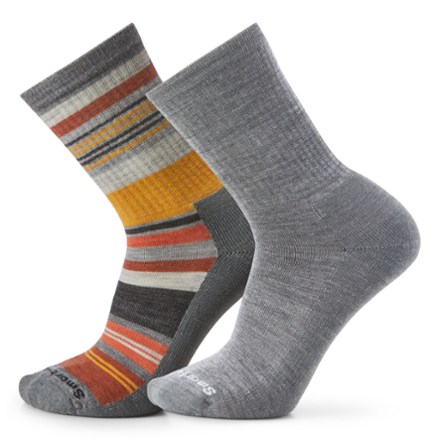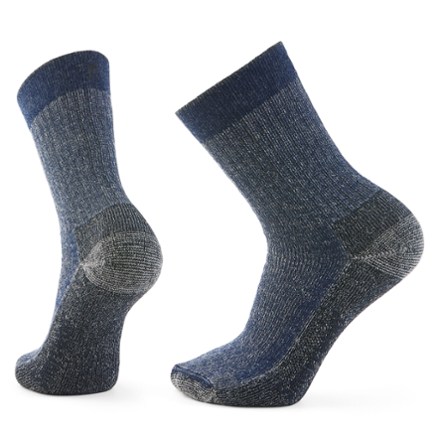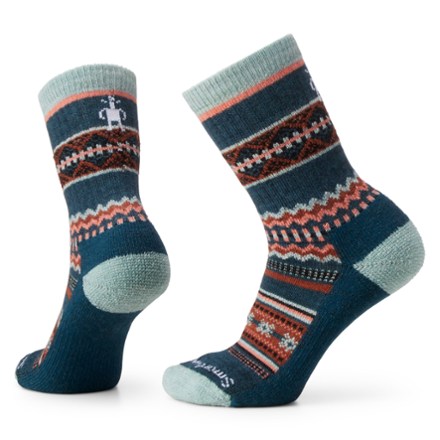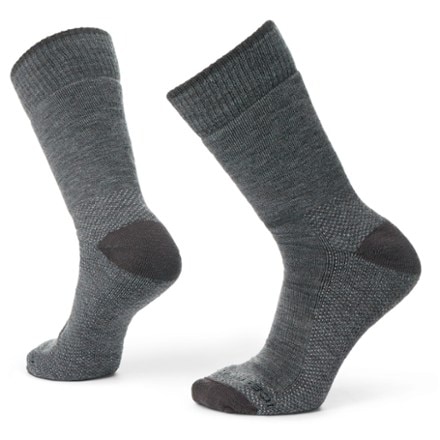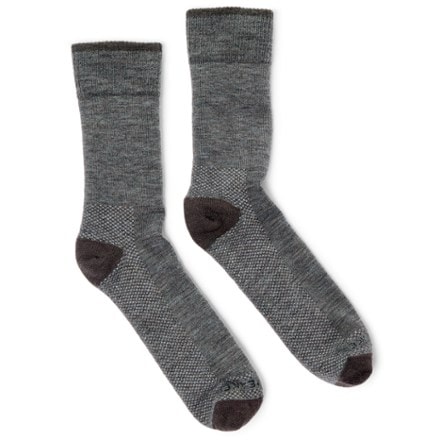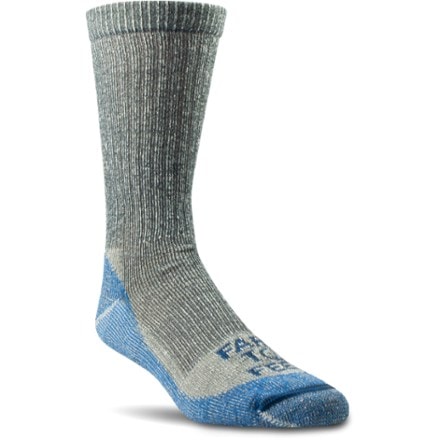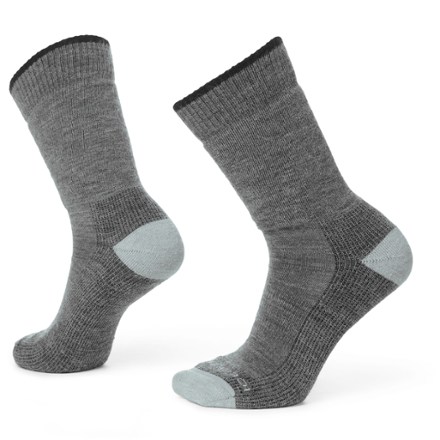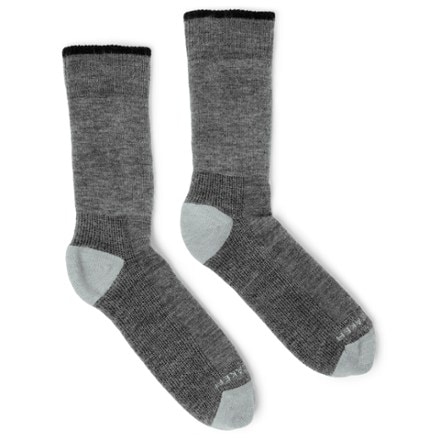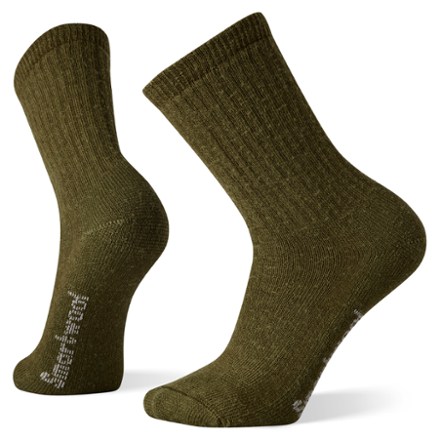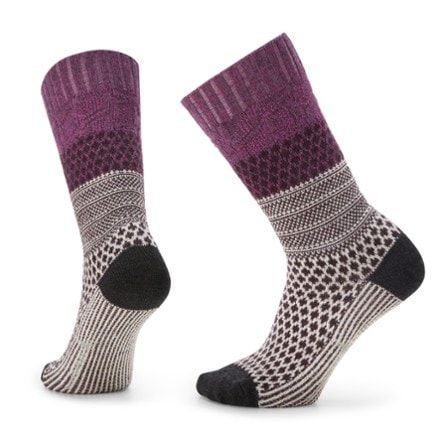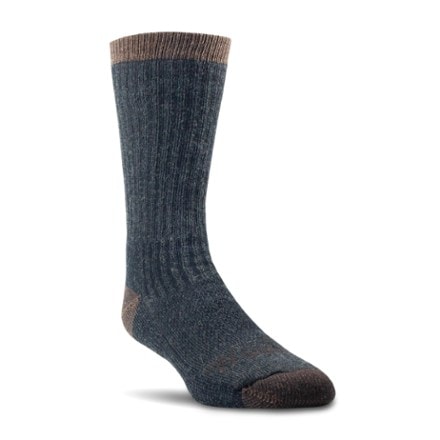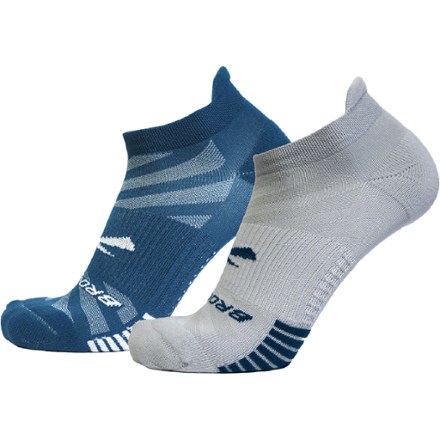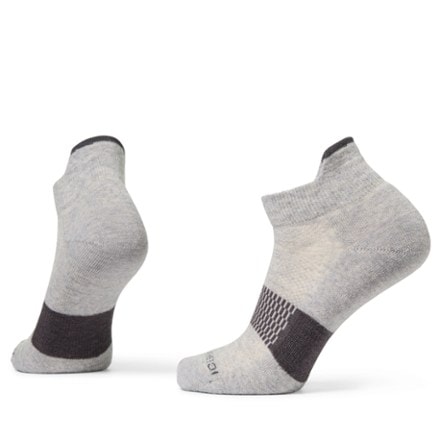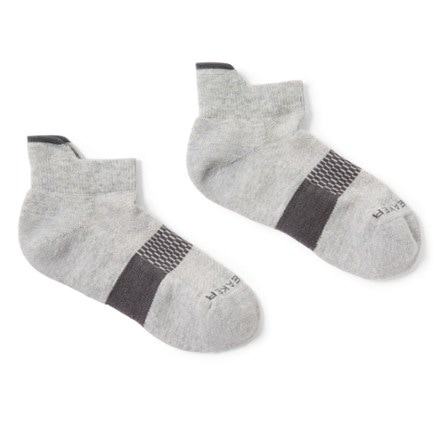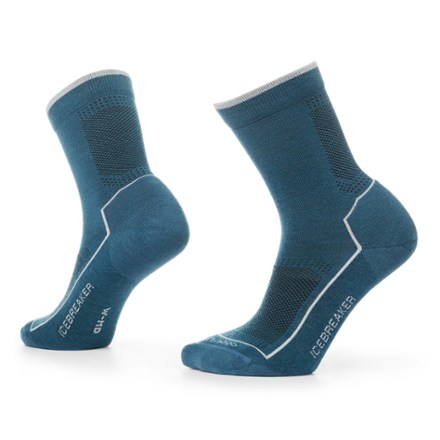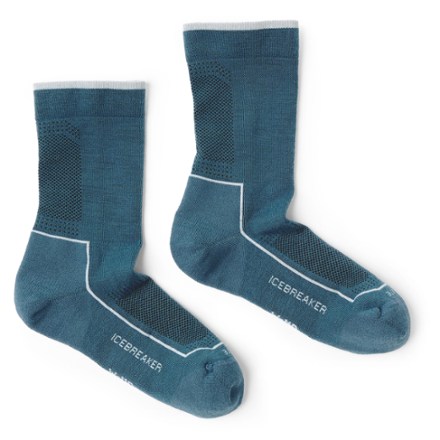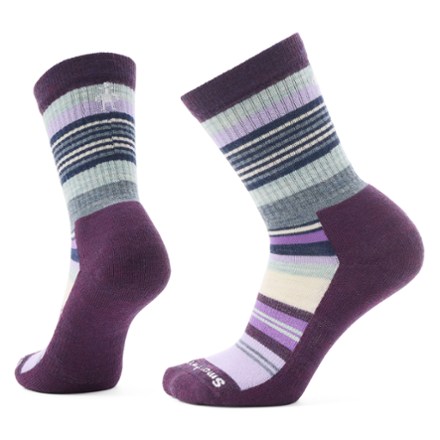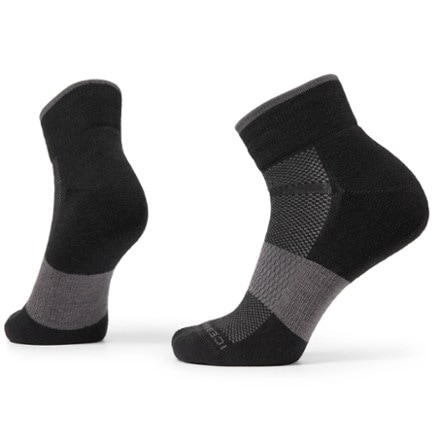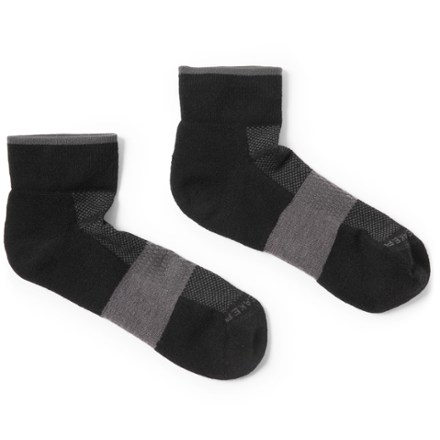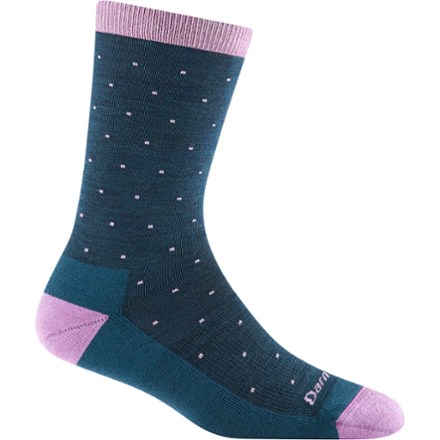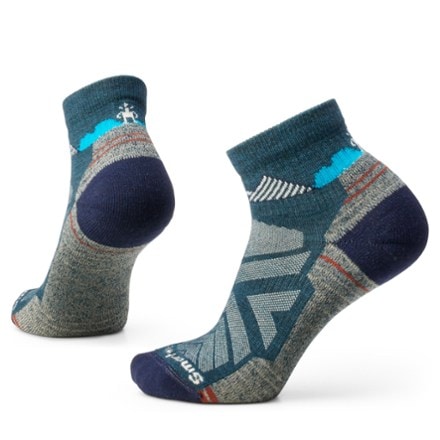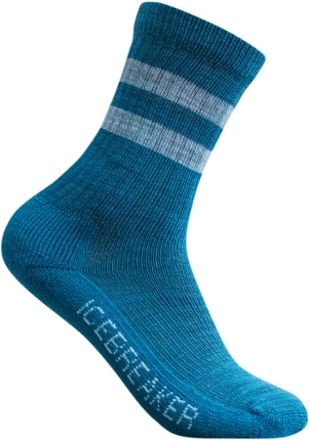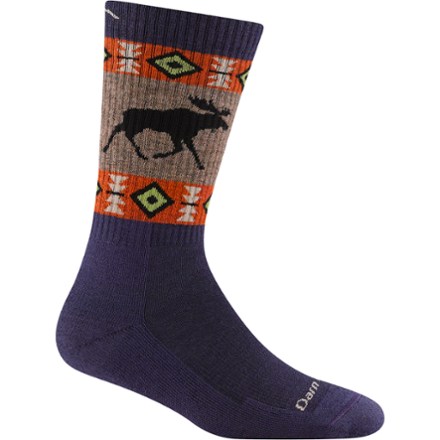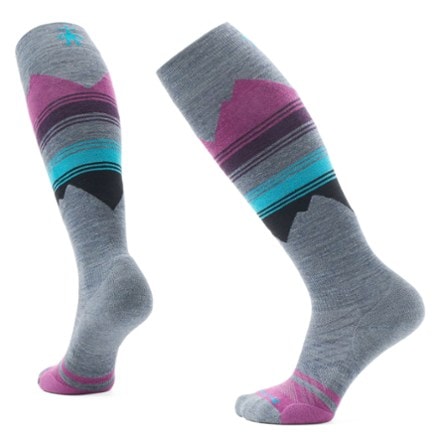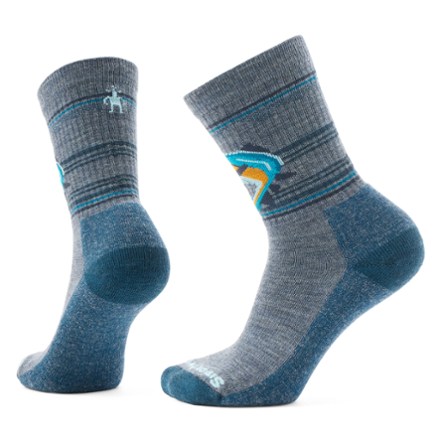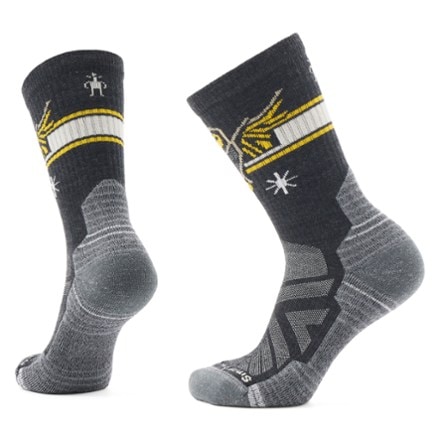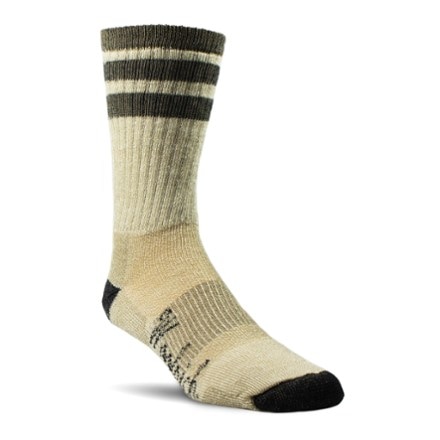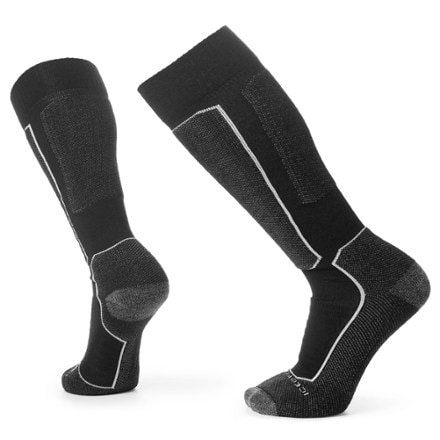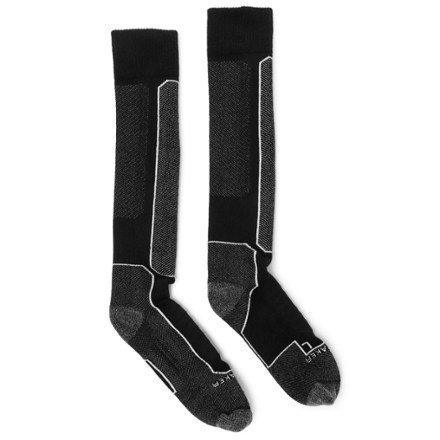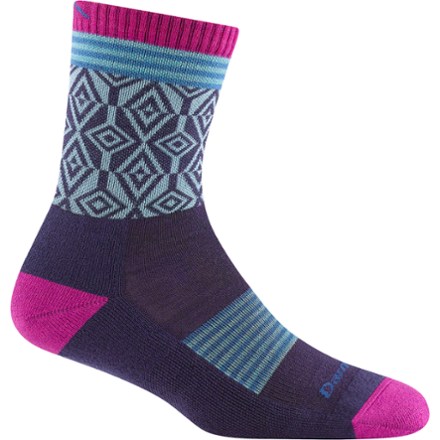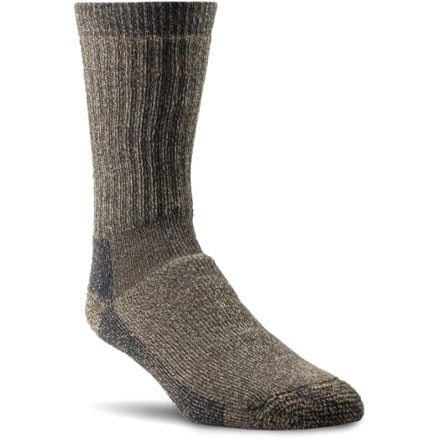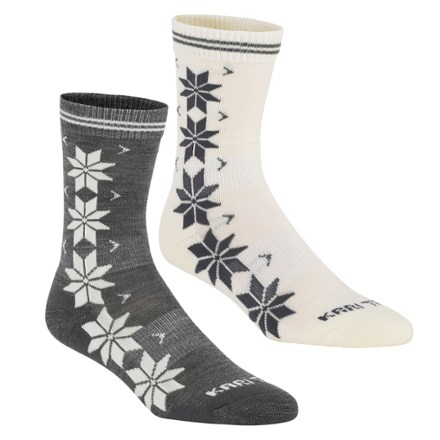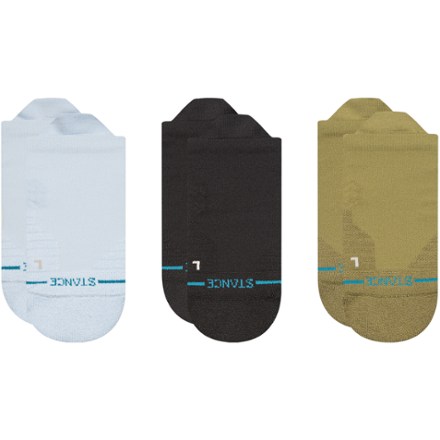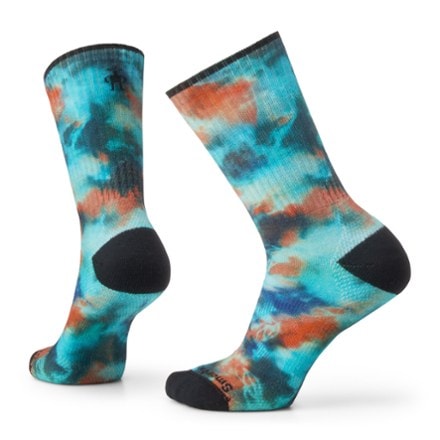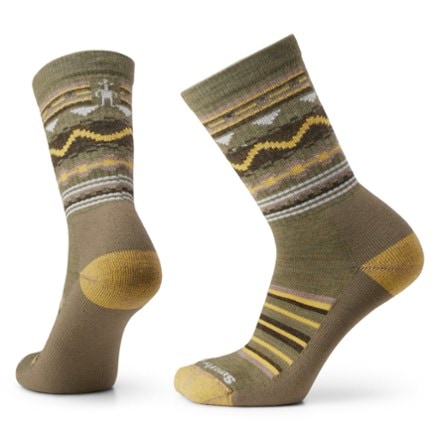Skip to search results
loaded 273 results
Socks: Deals
(273 products)Products (273)
SAVE 10%
WHEN YOU BUY 3 OR MORE full-price socks. Savings will be reflected in your shopping cart.
Sort: Best Match
- SmartwoolEveryday Light Cushion Crew Socks - Men's - 2 PairsTop Rated$35.73Save 25%compared to $48.00REI OUTLET
- SmartwoolHike Classic Edition Full Cushion Second Cut Crew SocksTop Rated$15.93 - $23.00
- SmartwoolEveryday Snowed In Sweater Light Cushion Crew SocksTop Rated$20.73Save 25%compared to $28.00REI OUTLET
- IcebreakerHike Medium Crew Socks - Men's$17.73Save 22%compared to $23.00REI OUTLET
- Farm to FeetPinnacle Light Cushion SocksTop Rated$14.73Save 26%compared to $20.00REI OUTLET
- IcebreakerHike Medium Crew Socks - Women's$17.73Save 22%compared to $23.00REI OUTLET
- SmartwoolHike Classic Edition Full Cushion Solid Crew Socks$17.73Save 22%compared to $23.00REI OUTLET
- SmartwoolEveryday Popcorn Cable Crew Socks - Women's$20.73Save 25%compared to $28.00REI OUTLET
- WoolrichBig Woolly Mid-Calf SocksTop Rated$18.73Save 25%compared to $25.00REI OUTLET
- BrooksGhost Midweight Socks - 2 Pairs$14.73Save 26%compared to $20.00REI OUTLET
- IcebreakerMultisport Light Micro Socks - Women'sTop Rated$14.73Save 22%compared to $19.00REI OUTLET
- IcebreakerHike Cool-Lite 3/4 Crew Socks - Women'sTop Rated$18.73Save 18%compared to $23.00REI OUTLET
- SmartwoolEveryday Joviansphere Crew SocksTop Rated$17.73Save 26%compared to $24.00REI OUTLET
- IcebreakerMultisport Light Mini Socks - Men's$14.73Save 22%compared to $19.00REI OUTLET
- Darn ToughPin Drop Crew Lightweight Lifestyle Socks - Women's$18.73Save 25%compared to $25.00REI OUTLET
- SmartwoolHike Clear Canyon Pattern Ankle Socks - Women'sTop Rated$14.73Save 33%compared to $22.00REI OUTLET
- IcebreakerHike Light Crew Macro Stripe Socks - Kids'$11.73 - $12.73Save 20% - 26%compared to $16.00REI OUTLET
- Darn ToughVanna Grizzle Boot Midweight Hiking Socks - Women's$20.73Save 25%compared to $28.00REI OUTLET
- SmartwoolSki Targeted Cushion Pattern Over The Calf Socks - Women's$21.73Save 27%compared to $30.00REI OUTLET
- SmartwoolEveryday Hookset Crew Socks$17.73Save 26%compared to $24.00REI OUTLET
- SmartwoolEveryday Cozy Waffle Press Crew Socks - Women's$18.73Save 33%compared to $28.00REI OUTLET
- SmartwoolHike Light Cushion Hoo Who Crew Socks - Women's$18.73Save 25%compared to $25.00REI OUTLET
- WoolrichMerino Wool Hiking Crew Socks - Men's$17.73Save 11% - 22%compared to $20.00 - $22.95REI OUTLET
- IcebreakerSki+ Medium OTC Socks - Men'sTop Rated$23.73Save 23%compared to $31.00REI OUTLET
- Darn ToughSobo Micro Crew Light Cushion Socks - Women's$18.73Save 25%compared to $25.00REI OUTLET
- WoolrichHeavyweight Wool Crew Socks$14.73Save 26%compared to $20.00REI OUTLET
- Kari TraaVinst Wool Socks - Women's - 2 Pairs$19.73Save 24%compared to $26.00REI OUTLET
- StanceIconic Mid Tab Socks - Women's - 3 Pairs$26.73Save 33%compared to $39.99REI OUTLET
- SmartwoolAthletic Far Out Tie Dye Print Crew Socks$17.73Save 26%compared to $24.00REI OUTLET
- SmartwoolEveryday Hudson Trail Crew Socks$17.73Save 26%compared to $24.00REI OUTLET
1–30 of 273 products
Sort: Best Match
